Description
48th FTS Alley Cats T-1 Model
Fly with the 48th FTS Alley Cats in this handcrafted T-1 Model. Each piece is carved from wood and handpainted to provide a piece you’ll love.
- Length – 18 inches
- US Naval Aviator Owned Business
- Made from Mahogany
- Officially Licensed by Beechcraft
- The product is not intended to be used by children 12 years and younger
BEECHCRAFT®, emblems, logos, and body designs are trademarks of Textron Aviation Inc. and are used under license by Squadron Nostalgia LLC.
The 48th Flying Training Squadron is part of the 14th Flying Training Wing based at Columbus Air Force Base, Mississippi. It operates T-1 Jayhawk aircraft conducting flight training. The squadron is one of the oldest in the Air Force, being formed during World War I as the 48th Aero Squadron on 4 August 1917.
Currently the squadron specializes in the tanker and airlift track of specialized undergraduate pilot training. Students receive at least 159 hours of flight instruction in the Raytheon T-1 Jayhawk where they learn air refueling procedures, tactical navigation, airdrop, and advanced navigation. Upon completion of this phase, students earn the aeronautical rating of pilot and receive their Air Force wings.
History
World War I
The squadron’s origins date to 4 August 1917 with the formation of the 48th Aero Squadron at Kelly Field, Texas. It was organized into the first Aero construction squadron designated for deployment to the American Expeditionary Forces in France. After basic training at Kelly Field, the squadron was sent to the Aviation Concentration Center, Garden City, New York in mid-September 1917 for subsequent movement to France.[dubious – discuss] It embarked on the Cunard Liner SS Pannonia, suffering a stormy and unpleasant voyage across the Atlantic. It arrived at Liverpool, England on 29 October. After a few days in England, the squadron arrived at Rest Camp No. 2, Le Havre, France on 1 November.
The first meaningful work of the squadron was at the Third Aviation Instruction Center, Issoudun Aerodrome in Central France. It arrived on 3 November to help construct barracks and shops from lumber. It also erected hangars and did the necessary construction work to bring the airfield into an operational school for training pursuit (fighter) pilots. It also began work on six airfields to support the training school, building roads, putting up hangars, and installing water and electrical systems. A detachment of the squadron was sent to the Second Aviation Instruction Center, Tours Aerodrome. In doing this work, the squadron got the reputation of being one of the best, and fastest, all around construction squadrons in the AEF.
In May 1918, the squadron was then reassigned to the First Army Air Service, and began constructing combat airfields to support the St. Mihiel Offensive. Throughout the year, it was moved from place to place, erecting hangars, constructing buildings and preparing airfields for use by Air Service planes. At Parois Aerodrome in the Meuse, it constructed 12 hangars and 23 barracks, the flying field being full of former trenches and shell holes that had to be filled in. During the Meuse-Argonne Offensive in early November, it moved to Buzancy to reconstruct a former German airfield that was littered with munitions and other hazardous materiel. However, the war ended on 11 November before the airfield could be put to use.
After the armistice, the squadron was reassigned to the Third Army Air Service and moved to Trier Airdrome, Germany as part of the Army of Occupation. The former German Airfield there was prepared for seven American Aero Squadrons to use, which was done in less than a week. It then moved to Weißenthurm to construct another Aerodrome for Third Army. It remained in the Rhineland until the summer of 1919 until it was ordered, along with the Third Army Air Service to demobilized. After turning in all equipment at the 1st Air Depot at Colombey-les-Belles Aerodrome, the unit moved to a channel port where it boarded a troop ship, returning to the United States in August 1919. The men of the squadron were discharged and returned to civilian life.
Inter-war period
The 48th School Squadron was activated in 1927 as part of the 11th School Group[dubious – discuss] at Kelly Field, Texas. A part of the Air Corps Primary Flying School, it trained aviation cadets using the Consolidated PT-1, with tandem seats and a Wright E engine. In 1930, the squadron was consolidated with the 462d Aero Squadron.
By the fall of 1931, construction of Randolph Field was essentially completed, and the primary flying school at Kelly Field was moved to the new installation. With the transfer of the school, the 48th School Squadron was inactivated on 31 December 1931[6] It was activated again at the Air Corps Technical School at Chanute Field, Illinois in August 1933. In March 1935, the squadron became the 48th Pursuit Squadron, but it was inactivated in September 1936 and disbanded on 1 January 1938.
World War II
A new 48th Pursuit Squadron was activated in January 1941. The squadron was equipped with Lockheed P-38 Lightnings in 1941 and assigned to Hamilton Field, California. From 5 February to 3 June 1942 it flew air defense patrols along the California coast. Redesignated the 48th Fighter Squadron, it was deployed to the European Theater of Operations in August 1942 to fly escort missions for Boeing B-17 Flying Fortress and Consolidated B-24 Liberator heavy bombers as part of VIII Fighter Command.
The squadron was sent to North Africa in late 1942 as part of the Operation Torch invasion forces, taking up station in Algeria. It was reassigned to the Twelfth Air Force and flew fighter escort missions for the Flying Fortresses operating from Algeria as well as tactical interdiction strikes on enemy targets of opportunity in Algeria and Tunisia during the North African Campaign.
Following the German defeat and withdrawal from North Africa the squadron participated in the Allied invasions of Sicily and Italy and the subsequent drive of the United States Fifth Army up the Italian peninsula. It was engaged primarily in tactical operations after November 1943, supporting ground forces and attacking enemy targets of opportunity such as railroads, road convoys, bridges, strafing enemy airfields and other targets. The squadron was deployed to Corsica in 1944 to attack enemy targets in support of the Free French Forces in the liberation of the island and to support Allied forces in the invasion of southern France. The squadron continued offensive operations until the German capitulation in May 1945. The unit was inactivated in the fall 1945 in Italy.[2]
Cold War Air Defense
It was reactivated in 1946 as part of Air Defense Command to perform air defense of the eastern United States. the squadron was activated at Dow Field in November 1946 with Republic P-47 Thunderbolts. In October 1947 a transition into Republic P-84B Thunderjets was completed. These were flown until the unit was temporarily inactivated on 2 October 1949.
The squadron was redesignated the 48th Fighter-Interceptor Squadron and reactivated in November 1952 at Grenier Air Force Base, New Hampshire,[2] with F-47 Thunderbolts, replacing the New Hampshire Air National Guard’s 133d Fighter-Interceptor Squadron, which was released from federal control. A relocation to Langley Air Force Base was completed in early 1953 along with a transition into F-84Gs and then Lockheed F-94C Starfires in the fall of 1953. In the summer of 1957 the squadron completed a transition into Convair F-102A Delta Daggers followed by another in the fall of 1960 to Convair F-106 Delta Darts. It deployed to Florida in 1962 during Cuban Missile Crisis.
The 48th flew McDonnell Douglas F-15A Eagles from 1982 to 1991, when many of the F-15 were transferred to the Missouri and Hawaii Air National Guard, and 3 or 4 going to Aerospace Maintenance and Regeneration Center. The 48th continued training and operational exercises until inactivation in 1991.
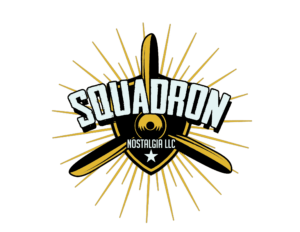
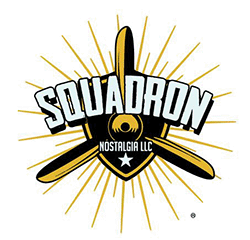
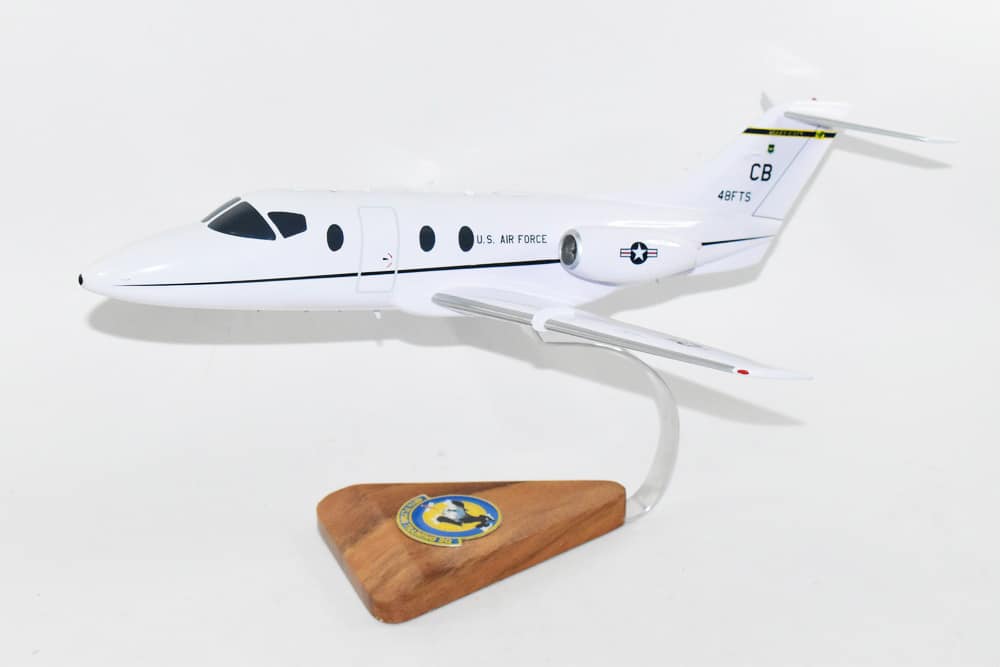



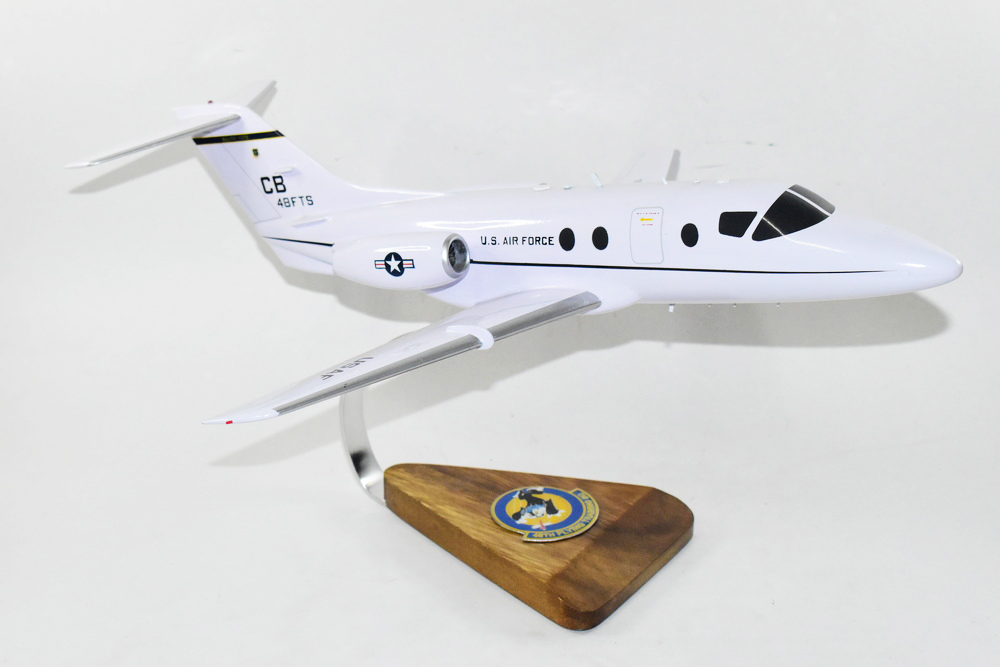





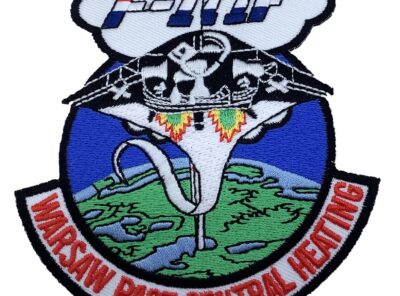
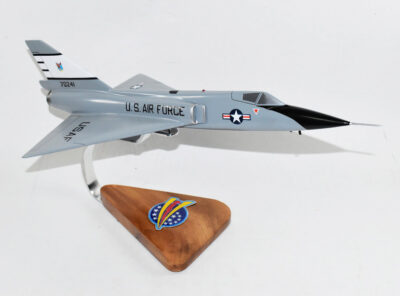
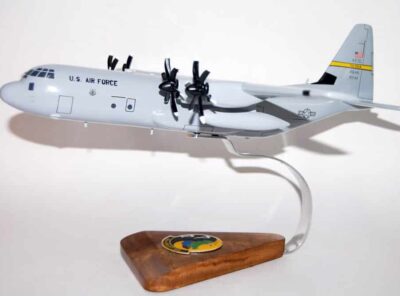
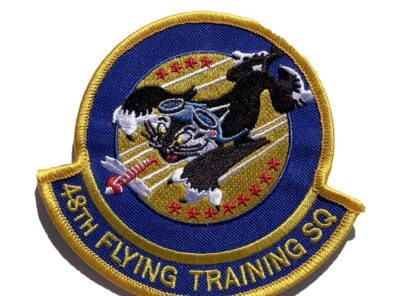
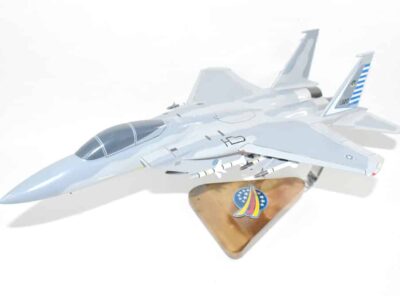
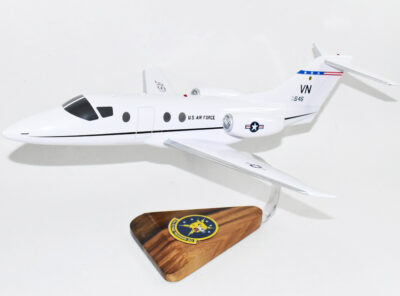
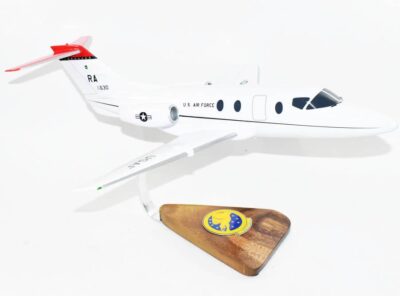
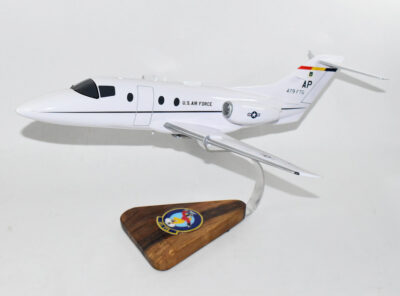
Reviews
There are no reviews yet.